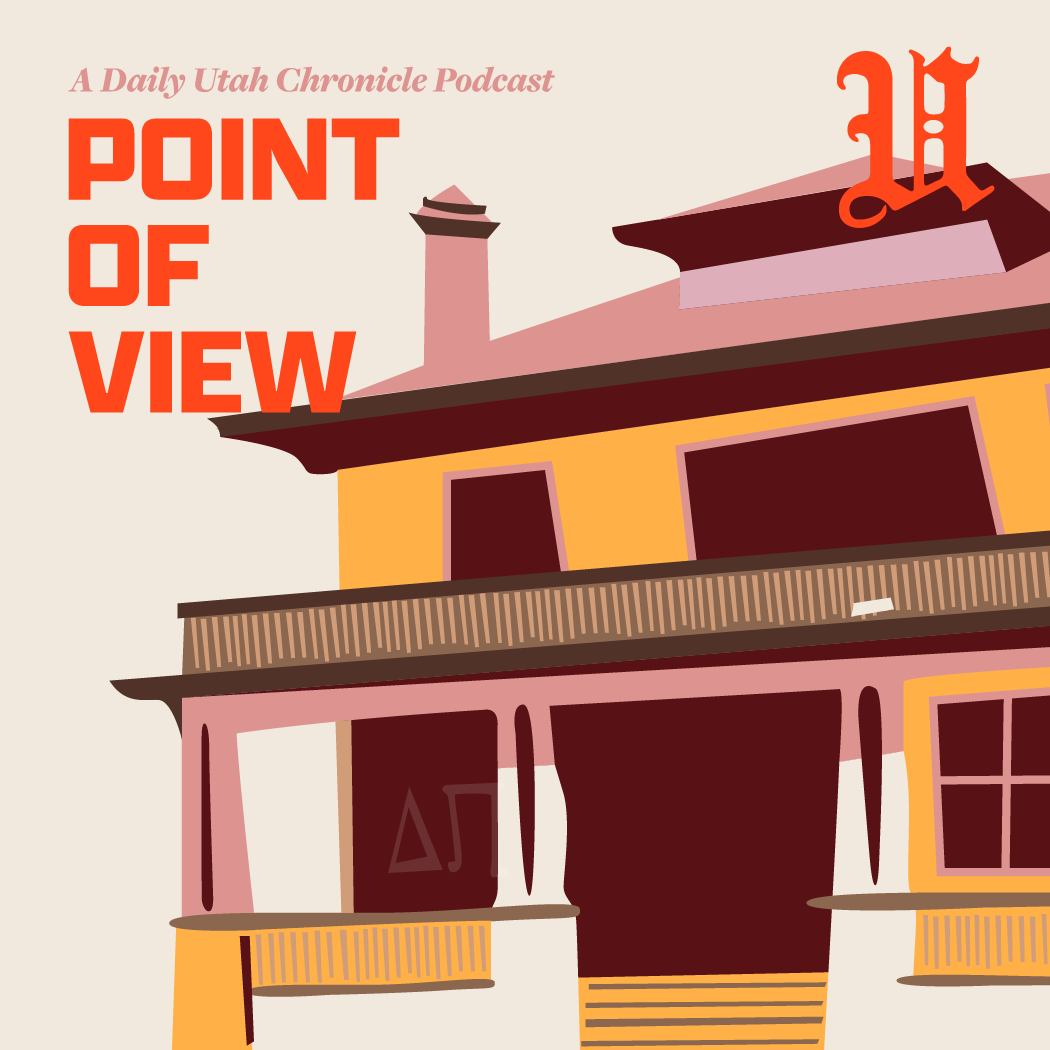You can now breathe easier knowing that student fees are helping to clear up the wintertime smog here in Salt Lake City.
The U’s new Air Quality and Trace Gas Facility, funded by the Sustainable Campus Initiative Fund, is working with the Utah Division of Air Quality to conduct tests during the winter inversion. The group hopes this will be one of the most exhaustive studies on the Wasatch Front.
Inversion is caused when a layer of warm air traps cold air beneath it, reversing normal atmospheric conditions. This causes most of the exhaust that is produced by cars and buildings to be stuck in the valley (until cleared out by a storm).
“The inversion isn’t actually the problem — it’s what we put into it,” said Ryan Bares, a research analyst.
The trapped gasses and emissions mix together and go through chemical processes, creating new compounds and heavy concentrations of dangerous particulate matter (PM2.5). This matter, named for being 2.5 micrometers in size (roughly smaller than the width of human hair), is small enough to go unfiltered by a person’s body and can build up in the lungs, leading to serious health conditions.
Exposure to high levels of PM2.5 leads to more than a million premature deaths each year. Additionally, the rate of childhood asthma in Salt Lake is one of the highest in the nation and many experts connect this to the inversion. The particulates have also been linked to heart disease, respiratory illnesses, increases in influenza, lung cancer and certain prenatal health conditions.
John Lin, a professor in the Department of Atmospheric Sciences and one of the leaders of the Air Quality and Trace Gas Facility, said the new study will “take apart some of the mysteries of the winter inversion.”
Testing should begin sometime following Thanksgiving Break when cold weather settles in Utah. The facility will actively record data for a month and a half. Bares said the project only requires one strong inversion event to gather data, but the team is hoping to measure a couple.
As part of the exhaustive study of air quality and composition, researchers will incorporate data collected from the U, sites throughout the Salt Lake Valley, Uinta Basin, Cache Valley and Heber Valley. Two mobile units — a van affectionately named the “Nerdmobile” and a high-tech attachment on the TRAX Red Line train — will also record air quality in Salt Lake City. Weber State University will lend the facility a weather balloon to allow researchers to test a variety of levels of the inversion.
Research gathered in the study will be used by the Division of Air Quality to create a state implementation plan that will advise Utah legislators on what changes and policies they should consider to clear up the smog.
In the meantime, students are advised to limit exposure on extreme inversion days. Researchers suggest exercising indoors, carpooling, wearing masks to filter PM2.5 and escaping to the mountains for some fresh air.
@BeauHart13











